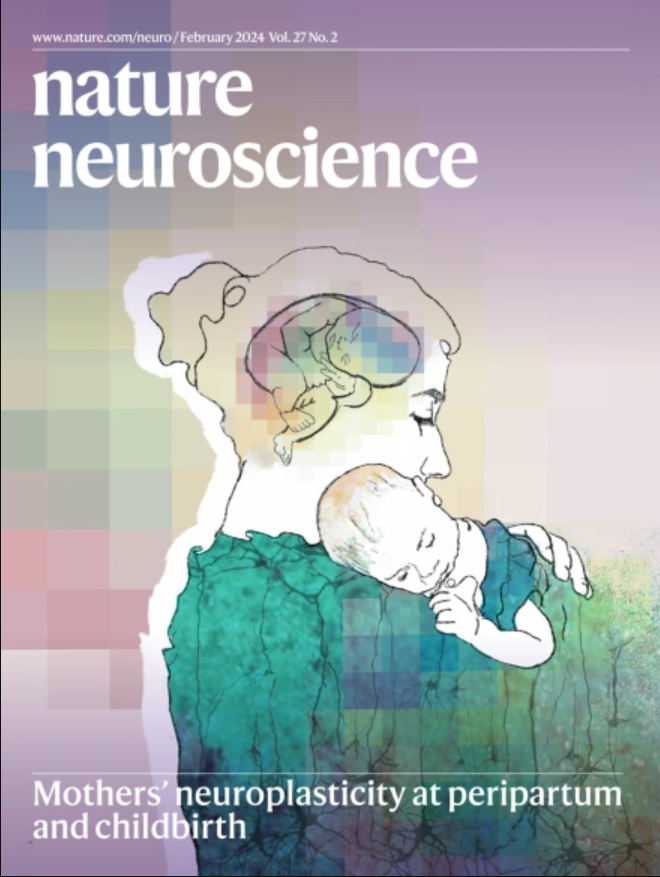增强剂击中目标
IF 20
1区 医学
Q1 NEUROSCIENCES
引用次数: 0
摘要
用于获取神经元亚型的遗传工具已经使人们对电路结构和功能有了无数的发现。与用于线虫和果蝇的高度特异性的工具相比,哺乳动物工具包既缺乏准确性,也缺乏系统的覆盖范围。在《细胞》杂志上发表的一篇新论文中,艾伦研究所和合作机构的一组研究人员揭示了一套前所未有的针对哺乳动物皮层回路的靶向工具。利用单细胞转录组学和表观基因组学数据,该团队生成并筛选了1000多个增强子aav,这些增强子针对最近皮质分类中确定的精确细胞类型亚类。为了最大限度地发挥跨物种的潜在用途,作者选择了在小鼠和人类基因组中保守的增强子序列。与之前的方法相比,他们展示了针对对睡眠至关重要的中间神经元亚类的改进的特异性,以及对许多其他亚类的新途径。与本研究共同发表的一组论文展示了这些工具在神经回路研究中的效用,并报告了针对纹状体和脊髓群体的工具包。由于这些工具是公开可用的,它们为哺乳动物电路解剖和控制提供了一套强大的新的精确方法。原始参考文献:Cell https://doi.org/10.1016/j.cell.2025.05.002 (2025)本文章由计算机程序翻译,如有差异,请以英文原文为准。
Enhancers hit their targets
求助全文
通过发布文献求助,成功后即可免费获取论文全文。
去求助
来源期刊

Nature neuroscience
医学-神经科学
CiteScore
38.60
自引率
1.20%
发文量
212
审稿时长
1 months
期刊介绍:
Nature Neuroscience, a multidisciplinary journal, publishes papers of the utmost quality and significance across all realms of neuroscience. The editors welcome contributions spanning molecular, cellular, systems, and cognitive neuroscience, along with psychophysics, computational modeling, and nervous system disorders. While no area is off-limits, studies offering fundamental insights into nervous system function receive priority.
The journal offers high visibility to both readers and authors, fostering interdisciplinary communication and accessibility to a broad audience. It maintains high standards of copy editing and production, rigorous peer review, rapid publication, and operates independently from academic societies and other vested interests.
In addition to primary research, Nature Neuroscience features news and views, reviews, editorials, commentaries, perspectives, book reviews, and correspondence, aiming to serve as the voice of the global neuroscience community.
 求助内容:
求助内容: 应助结果提醒方式:
应助结果提醒方式:


